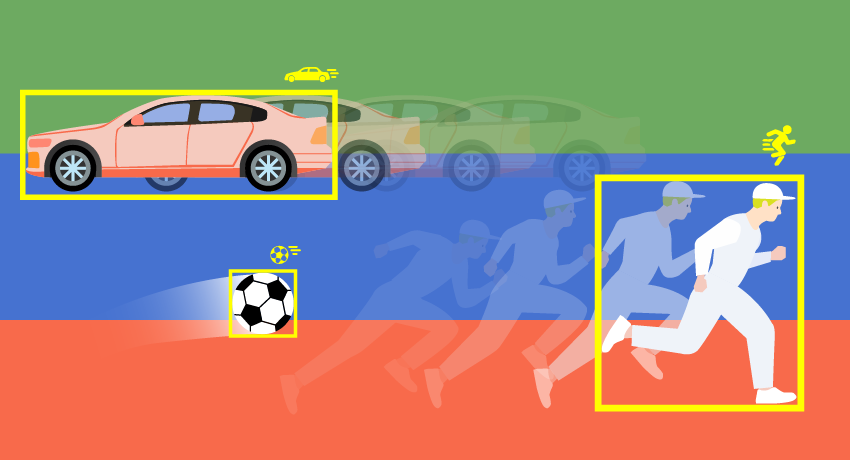With the onset of the fourth technological revolution, AI technology has undergone rapid development, and video analysis technology corresponding to video surveillance has also seen significant progress.
I still recall 15 years ago, when we used manual feature extraction for foreground and background separation and extraction, most of the processing relied on CPUs, with the occasional use of TI's DM642 DSP for acceleration. The development was challenging and the accuracy was low. At that time, the Smart Search function was quite popular, which was based on Motion analysis and involved block matching. It was similar to the approach below.

USC has supported intelligent technology over the past 20 years, encompassing the earliest Smart Search and the latest large models (which can be utilized without requiring samples, akin to assigning a person to monitor each camera 24/7, and exhibit remarkably high accuracy). Naturally, it also includes pre-trained models based on the Yolov7 series, as well as search functionality based on Motion.

There are two types of motion detection in USC: one is camera-based motion detection, and the other is server-based motion detection. The former, which is based on the front end, does not require a server to decode and analyze, resulting in significantly higher efficiency. The latter, based on the server, decodes and then analyzes (if the system has a GPU, it will use GPU decoding and utilize Intel SSE hardware acceleration to analyze motion vectors).
The image below is based on front-end motion detection. Upon receiving motion detection data from the front end, the movements will be plotted on the interface.

You can refer to the following link
https://www.youtube.com/watch?v=3nejPc6lELQ

